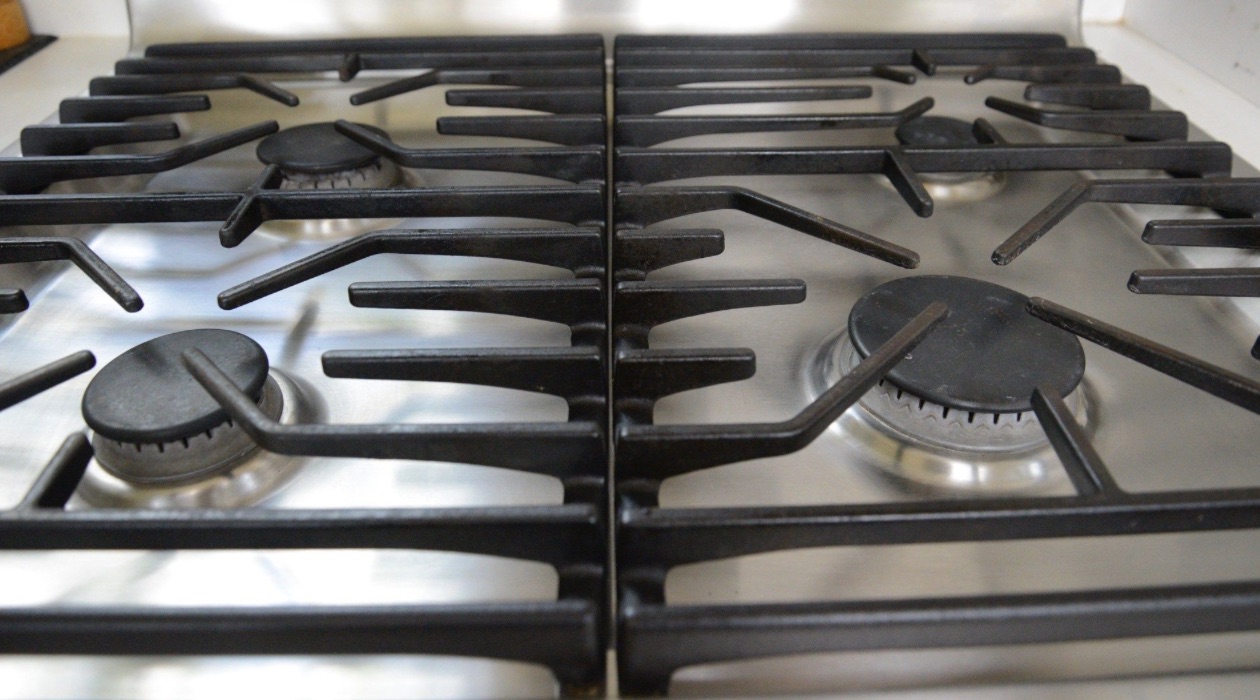

Articles
How To Degrease Stove Top Grates
Modified: October 20, 2024
Learn how to effectively degrease stove top grates with our step-by-step articles. Remove stubborn grease and restore your stove's cleanliness in no time.
(Many of the links in this article redirect to a specific reviewed product. Your purchase of these products through affiliate links helps to generate commission for Storables.com, at no extra cost. Learn more)
Introduction
Keeping your stove top clean is essential for maintaining a hygienic and functional kitchen. Among the various components of a stove, the grates are particularly prone to accumulating grease and grime. Over time, these greasy grates not only affect the appearance of your stove, but they can also impact the efficiency of your cooking and even pose a fire hazard.
Degreasing stove top grates is a crucial step in the cleaning process that helps to restore their original shine and ensure that your cooking experience is hassle-free. In this article, we will explore the importance of degreasing stove top grates, the materials you’ll need for the task, a step-by-step guide to degreasing, alternative methods, and some helpful tips for keeping your grates clean on a regular basis.
Whether you have cast iron, stainless steel, or porcelain grates, the methods and techniques outlined here will help you achieve outstanding results.
Key Takeaways:
- Regularly degreasing stove top grates is crucial for maintaining efficient cooking, preventing fire hazards, and extending the lifespan of your grates. Consistent cleaning ensures a safe and pleasant kitchen environment.
- Alternative cleaning methods, such as vinegar soak and lemon and salt scrub, offer effective solutions for stubborn grease stains on stove top grates. Choose the method that best suits your needs and materials available.
Read more: How To Clean Stove Burners And Grates
Why Degreasing Stove Top Grates Is Important
Degreasing stove top grates is not just a matter of aesthetics; it is essential for maintaining the efficiency and safety of your cooking experience. Here are a few reasons why regular degreasing is important:
- Improved Efficiency: Over time, grease and grime can build up on stove top grates, leading to uneven heat distribution. This can result in unevenly cooked food and longer cooking times. By degreasing the grates, you allow the flames to directly contact the cookware, ensuring more efficient heat transfer and saving you time in the kitchen.
- Better Taste and Flavor: Grease buildup on stove top grates can transfer undesirable flavors to your food. By degreasing the grates, you eliminate these residues, allowing the natural flavors of your ingredients to shine through and ensuring that each dish tastes as intended.
- Fire Safety: Accumulated grease on stove top grates can become a fire hazard. When grease is heated, it can ignite and cause flames to flare up, potentially causing a kitchen fire. Regular degreasing helps minimize the risk of grease fires, providing you with a safer cooking environment.
- Longer Lifespan of Grates: Grease and grime can corrode and damage stove top grates over time. By regularly degreasing them, you prevent the buildup of corrosive substances and extend the lifespan of your grates, saving you money in the long run.
By taking the time to degrease your stove top grates, you not only enjoy the benefits of a clean and efficient cooking surface, but you also ensure that your kitchen remains a safe and pleasant environment for all your culinary adventures.
Materials Needed for Degreasing Stove Top Grates
Before you get started with degreasing your stove top grates, it’s important to gather all the necessary materials to ensure a smooth and effective cleaning process. Here are the key items you will need:
- Dish Soap: A mild dish soap is essential for cutting through grease and breaking down stubborn stains on your stove top grates.
- Warm Water: Warm water helps to dissolve grease and grime, making it easier to remove from the grates.
- Scrub Brush: A sturdy scrub brush with firm bristles is ideal for scrubbing away grease and dirt from the grates. Look for a brush specifically designed for stove top cleaning.
- Sponge or Cloth: A sponge or soft cloth is useful for wiping down the grates and removing any remaining soap residue.
- Protective Gloves: To protect your hands from any harsh chemicals or hot water, it’s recommended to wear a pair of rubber or latex gloves during the cleaning process.
- Bucket or Sink: You’ll need a bucket or a sink to soak the grates and to create a cleaning solution using warm water and dish soap.
- Old Newspaper or Towels: To catch any drips or spills during the cleaning process, it’s a good idea to place old newspaper or towels underneath the grates.
- Optional: Degreaser or Baking Soda: If your grates are heavily greased or have stubborn stains, you may consider using a degreaser or baking soda as an extra cleaning agent.
By gathering these materials before you start, you’ll have everything you need to effectively degrease your stove top grates, making the cleaning process much more efficient and hassle-free.
Step-by-Step Guide to Degreasing Stove Top Grates
Cleaning your stove top grates doesn’t have to be a daunting task. With the right approach and some elbow grease, you can easily restore them to their original shine. Here’s a step-by-step guide to help you degrease your stove top grates:
- Remove the grates: Start by removing the grates from the stove top. Carefully lift them out and set them aside on a protected surface. This will give you better access to clean them thoroughly.
- Prepare a cleaning solution: Fill a bucket or sink with warm water and add a few drops of dish soap. Mix the solution until it becomes soapy and sudsy. If you’re dealing with heavy grease, you can also add a degreaser or sprinkle some baking soda over the grates.
- Soak the grates: Place the grates in the cleaning solution and let them soak for about 15-20 minutes. This will help to loosen the grease and make it easier to remove.
- Scrub the grates: Using a scrub brush, start scrubbing the grates thoroughly. Focus on areas with heavy grease buildup or stubborn stains. Apply some pressure to remove the grime, but be careful not to damage the material of the grates.
- Rinse the grates: Once you’ve scrubbed the grates, rinse them thoroughly under running water to remove the soap and grease residue. Make sure that all the soap is washed away.
- Dry the grates: Use a clean towel or cloth to dry the grates completely. Ensure that there is no moisture left, as it can lead to rusting.
- Reinstall the grates: Once the grates are dry, carefully place them back on the stove top in their original positions.
- Wipe down the stove top: Take a sponge or cloth and wipe down the stove top surface to remove any remaining soap or dirt that may have dripped during the cleaning process.
- Clean the burner area: While you have the grates removed, take the opportunity to clean the burner area as well. Wipe away any debris, grease, or spills that may have accumulated.
By following these steps, you can effectively degrease your stove top grates and restore their cleanliness and functionality. Remember to always exercise caution and handle the grates with care to avoid any accidents or damage to your stove.
To degrease stove top grates, soak them in a mixture of hot water and dish soap for 15-20 minutes, then scrub with a brush or sponge to remove built-up grease and grime. Rinse thoroughly and dry before placing back on the stove.
Alternative Methods for Degreasing Stove Top Grates
While the traditional method of using warm water and dish soap is effective for degreasing stove top grates, there are alternative methods you can try if you’re looking for different approaches or dealing with stubborn grease stains. Here are a few alternative methods to consider:
- Vinegar Soak: Instead of using dish soap, you can try soaking your grates in a mixture of equal parts white vinegar and water. Vinegar is known for its grease-cutting properties and can help break down stubborn grease buildup. Soak the grates for 30 minutes to an hour, then scrub and rinse as usual.
- Lemon and Salt: Cut a lemon in half and dip the cut side into some salt. Use the lemon as a scrubber to clean the grates, squeezing the juice as you scrub. The acidity of the lemon helps to break down grease and adds a fresh scent. Rinse the grates thoroughly afterwards.
- Ammonia Fumes: For heavy grease buildup, you can create an effective degreasing agent by placing the grates in a sealed plastic bag with a small bowl of ammonia. Leave the bag outside or in a well-ventilated area overnight. The fumes from the ammonia will help to dissolve the grease. The next day, carefully remove the grates from the bag, scrub them, and rinse thoroughly.
- Oven Cleaner: Some oven cleaners are formulated to tackle tough grease and can be used on stove top grates as well. Follow the instructions on the oven cleaner product, apply it to the grates, and let it sit for the recommended amount of time. Scrub and rinse thoroughly to remove the cleaner and grease residue.
- Steam Cleaning: If you have a steam cleaner, you can use it to degrease your stove top grates. The hot steam helps to loosen and dissolve grease, making it easier to wipe away. Simply hold the steam cleaner close to the grates and move it back and forth, focusing on areas with heavy grease buildup.
Remember to always follow safety instructions and precautions when using alternative cleaning methods. Test any new method on a small, inconspicuous area of the grates first to ensure it doesn’t cause any damage or discoloration. Choose the method that best suits your needs and the materials you have available.
After using any alternative method, be sure to thoroughly rinse the grates, removing any residue and ensuring they are clean and ready to be reinstalled on your stove.
Read more: How To Clean Cooktop Grates
Tips and Tricks for Maintaining Clean Stove Top Grates
Keeping your stove top grates clean doesn’t have to be a challenging task. By incorporating a few simple tips and tricks into your cleaning routine, you can maintain clean and shiny grates all year round. Here are some helpful tips to consider:
- Regular Cleaning: The key to maintaining clean grates is to clean them regularly. Aim to clean your grates at least once a month, or more frequently if you notice heavy grease buildup or spills.
- Wipe Away Spills Immediately: Whenever you have a spill or boil-over on your stove top, wipe it away as soon as possible. This prevents the spills from hardening and becoming difficult to clean later.
- Pre-Soak Grease: If you notice heavy grease buildup on your grates, try pre-soaking them in warm water and dish soap or vinegar to loosen the grease before scrubbing. This will make the cleaning process much easier.
- Use a Stove Top Cleaner: Invest in a good-quality stove top cleaner specifically designed for your type of grates. These cleaners are formulated to cut through grease and grime, making the cleaning process more effective.
- Protective Coating: Apply a thin layer of cooking oil or a specialized grate protector to your grates after cleaning. This helps prevent food from sticking and makes future cleaning easier.
- Use Oven Liners: Consider placing oven liners or aluminum foil beneath your grates to catch any spills or drips. This will make cleaning up much simpler and protect your grates from excess grease.
- Avoid Harsh Scrubbing: While it’s important to scrub away grease, avoid using abrasive scrub brushes or steel wool, as they can scratch the surface of your grates. Opt for soft scrub brushes or non-scratch scrub pads instead.
- Dry Thoroughly: After cleaning your grates, make sure to dry them thoroughly before placing them back on your stove. Moisture can lead to rusting and damage.
- Regular Cookware Cleaning: Keep your cookware clean to avoid excess grease and spills on your grates. Greasy pans and utensils can transfer grease onto the grates, leading to faster buildup.
- Read the Manufacturer’s Instructions: Different types of grates may require specific cleaning methods. Read the manufacturer’s instructions for your grates to ensure you’re using the appropriate cleaning techniques and products.
By following these tips and tricks, you can maintain clean and well-maintained stove top grates, ensuring optimal cooking performance and a visually appealing kitchen environment.
Conclusion
Maintaining clean stove top grates is an essential part of keeping your kitchen hygienic, efficient, and safe. Grease and grime buildup on grates not only affects the appearance of your stove, but it can also impact the taste of your food and pose a fire hazard. By regularly degreasing your stove top grates, you can improve heat distribution, enhance the flavor of your dishes, reduce the risk of fires, and extend the lifespan of your grates.
In this article, we discussed the importance of degreasing stove top grates and provided a step-by-step guide for effective cleaning. We also explored alternative methods for degreasing, offering options for tackling stubborn grease stains. Additionally, we shared tips and tricks to help you maintain clean grates on a regular basis.
Remember, consistency is key. Make it a habit to clean your grates regularly and address spills and grease buildup promptly. By incorporating these practices into your cleaning routine, you can enjoy a sparkling and efficient stove top for all your culinary adventures.
So, don’t overlook the importance of degreasing your stove top grates. Take the time to give them the attention they deserve, and you’ll reap the benefits of a clean, safe, and enjoyable cooking experience.
Frequently Asked Questions about How To Degrease Stove Top Grates
Was this page helpful?
At Storables.com, we guarantee accurate and reliable information. Our content, validated by Expert Board Contributors, is crafted following stringent Editorial Policies. We're committed to providing you with well-researched, expert-backed insights for all your informational needs.
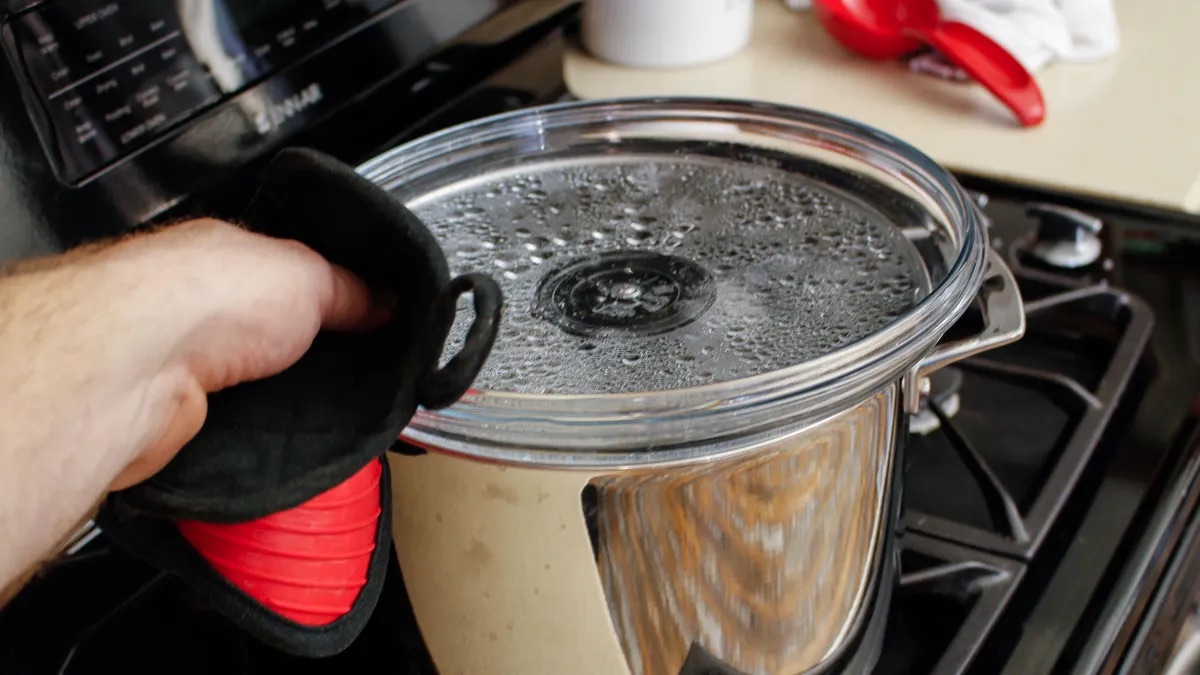
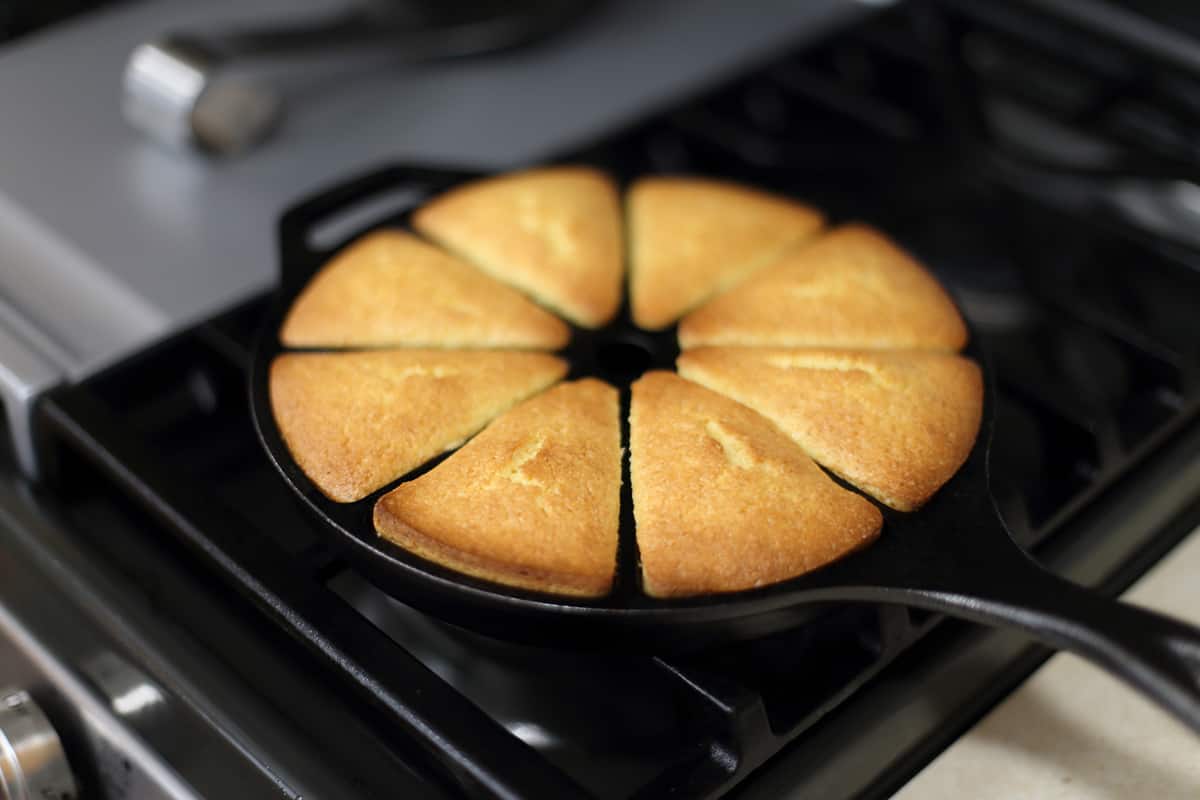
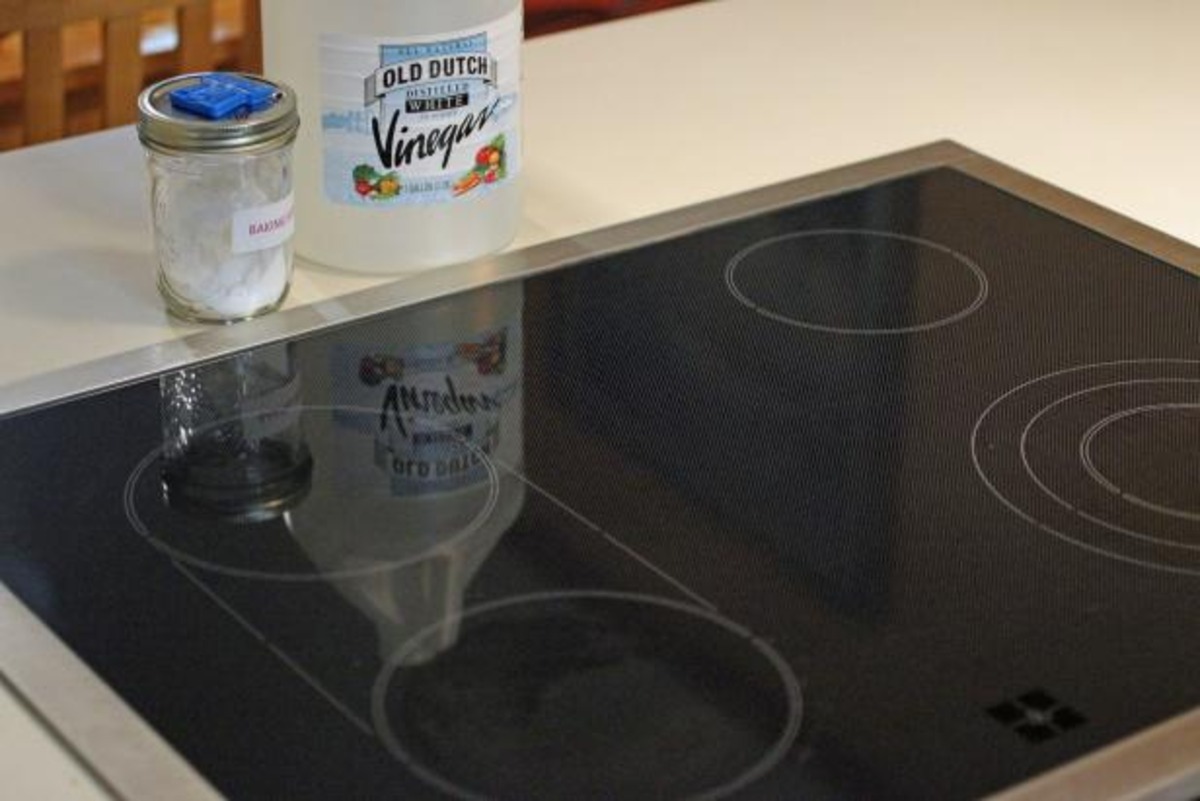
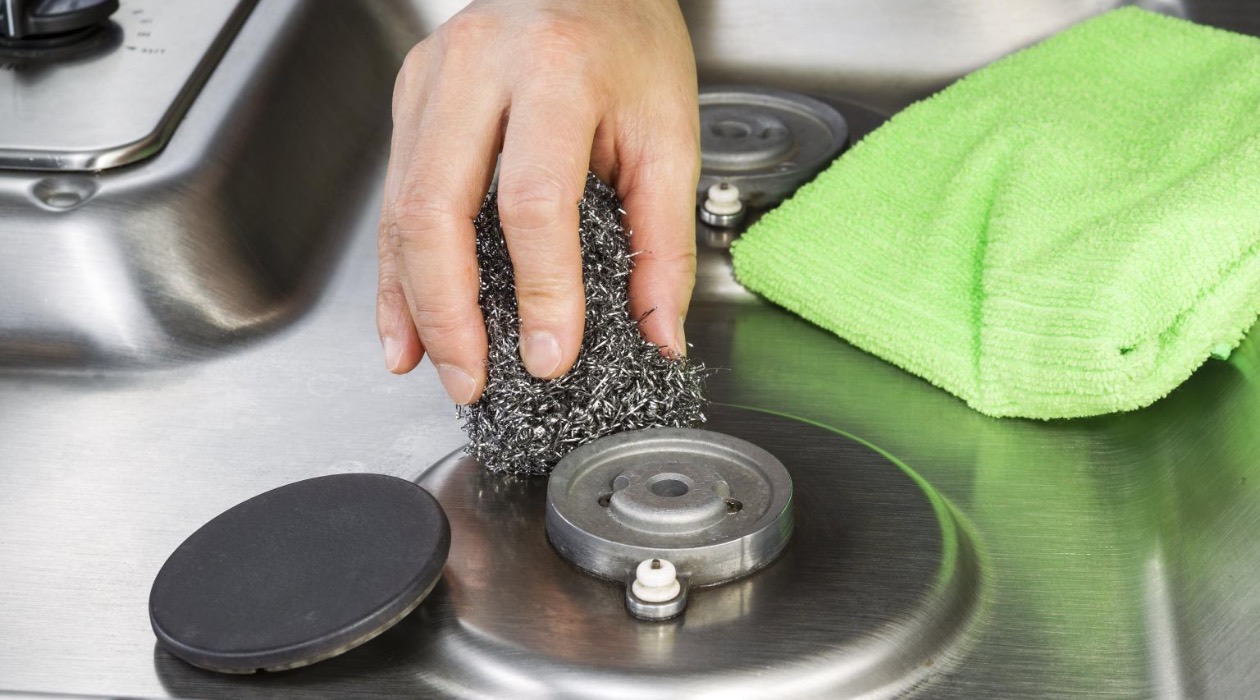
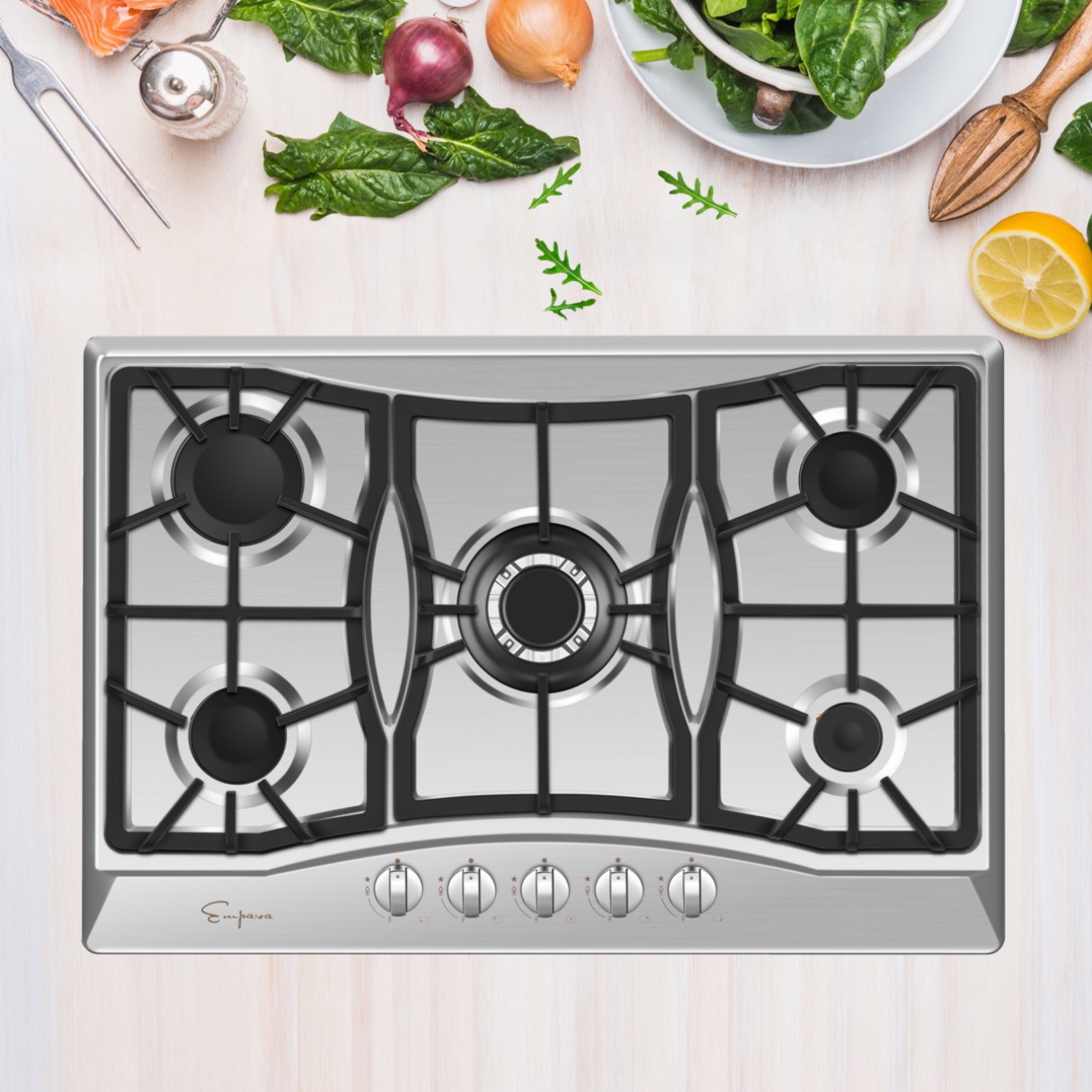
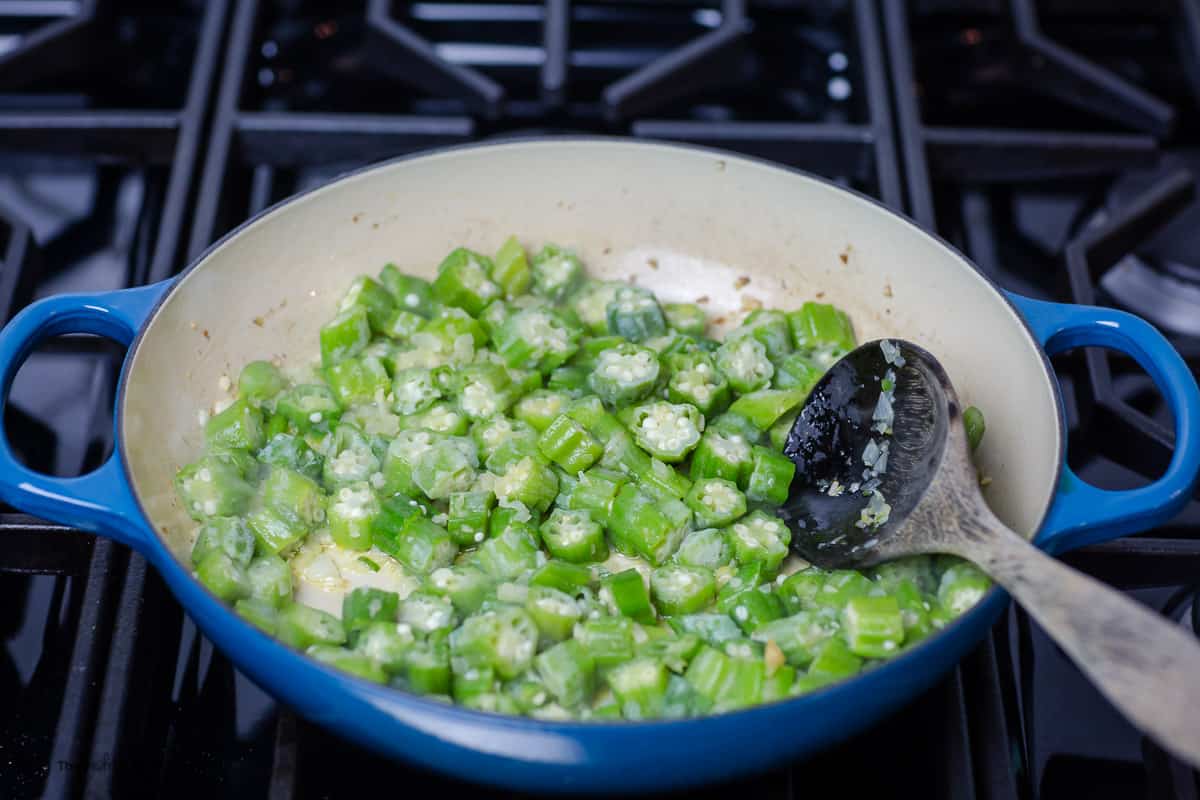
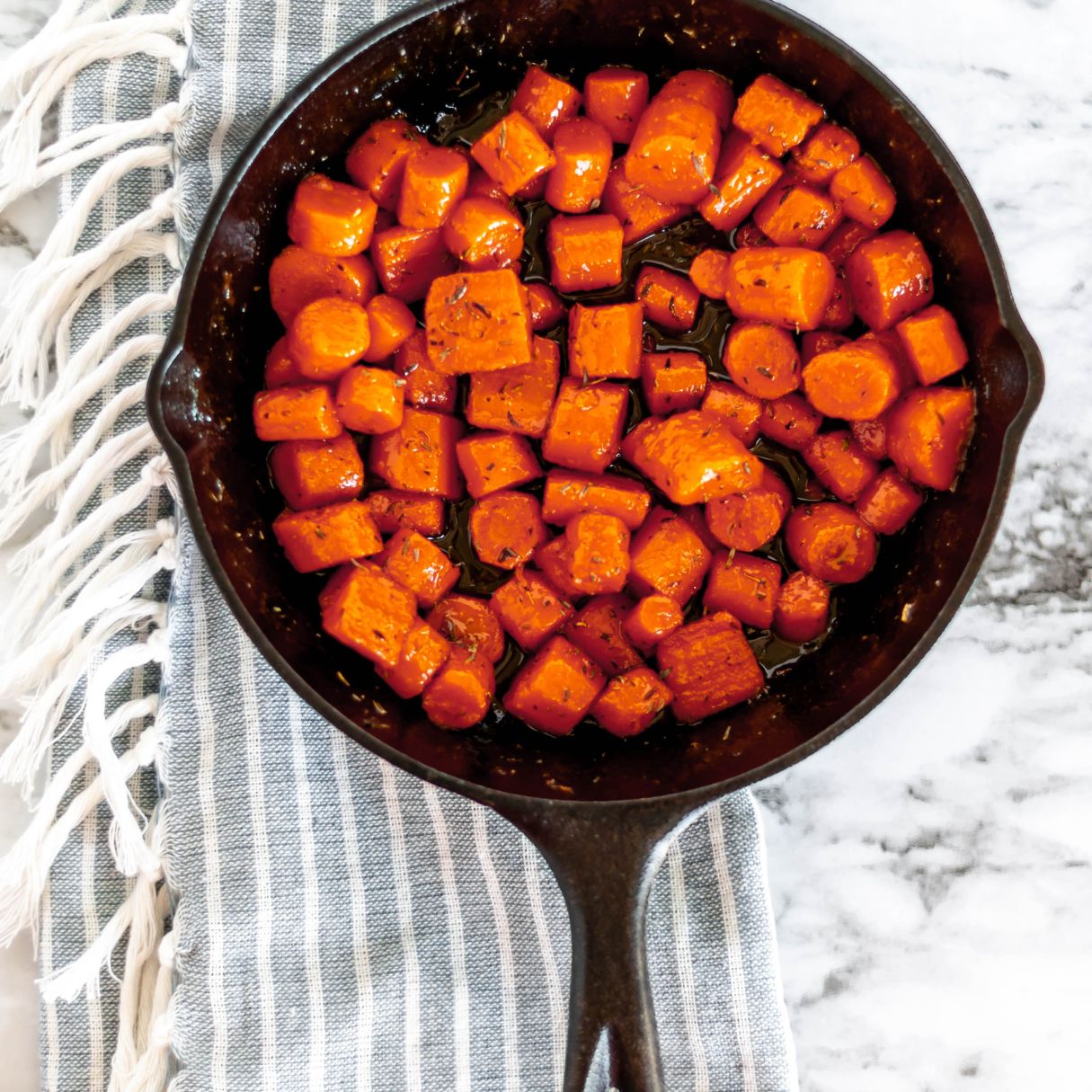
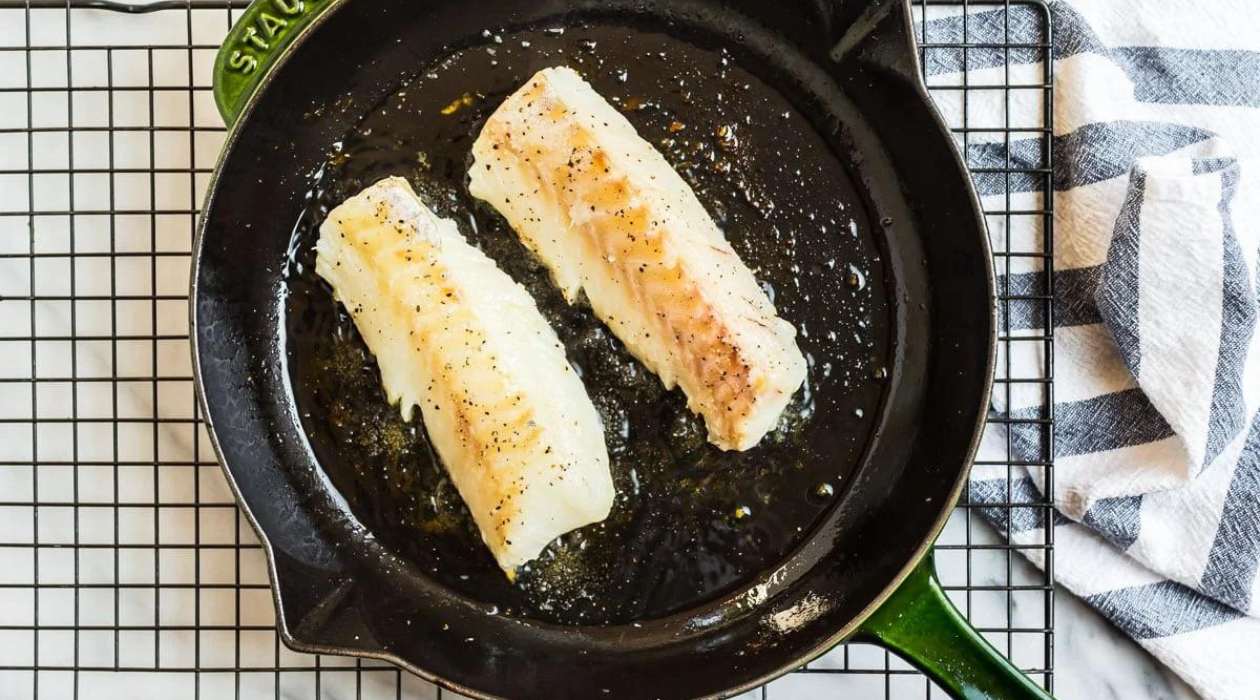
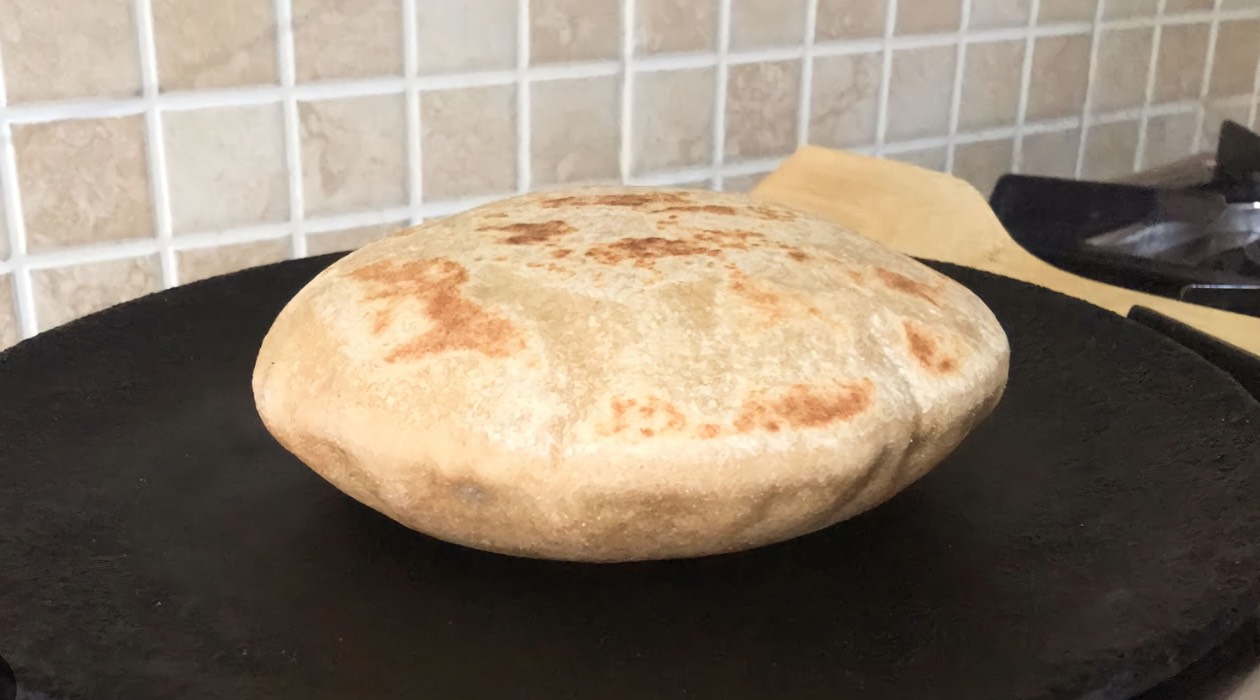
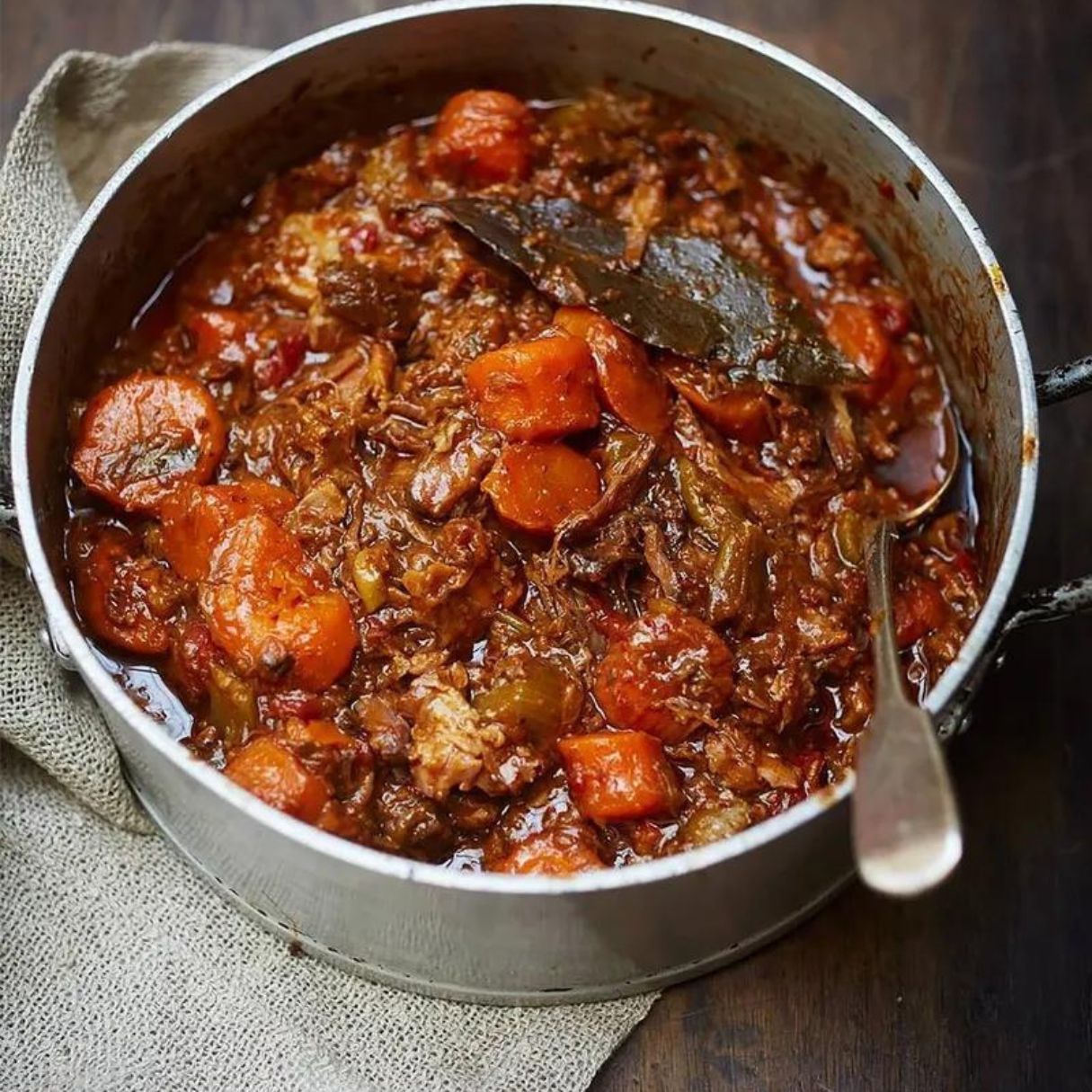
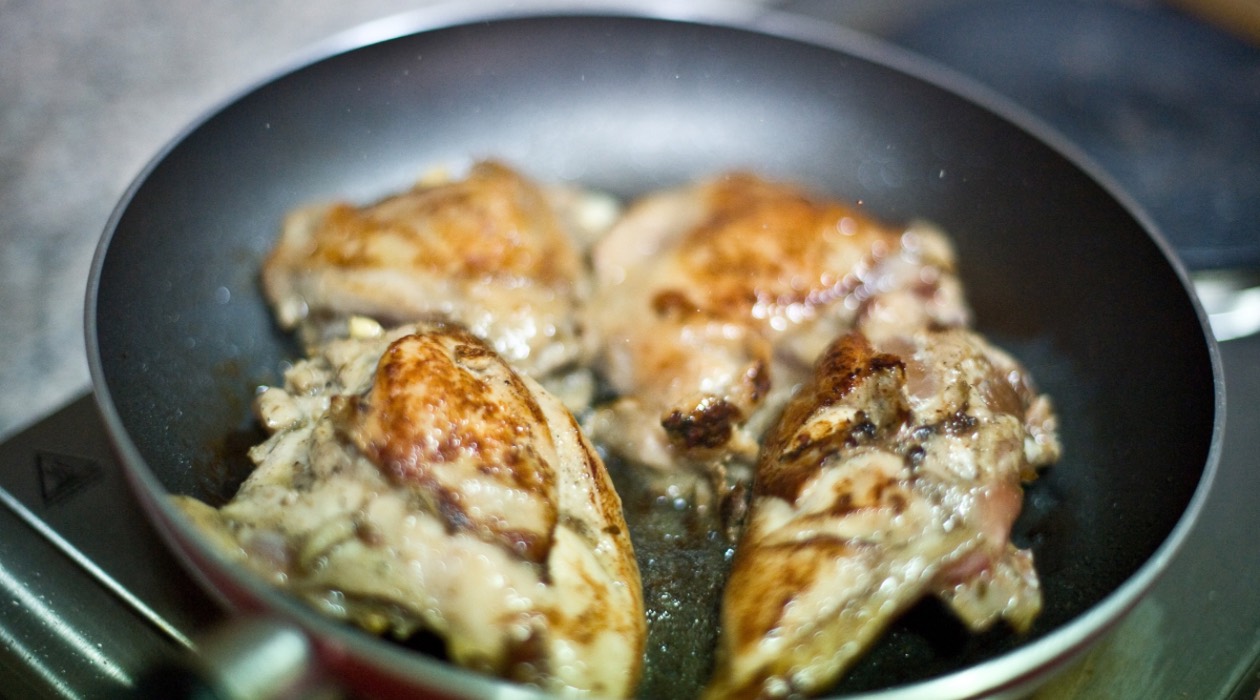
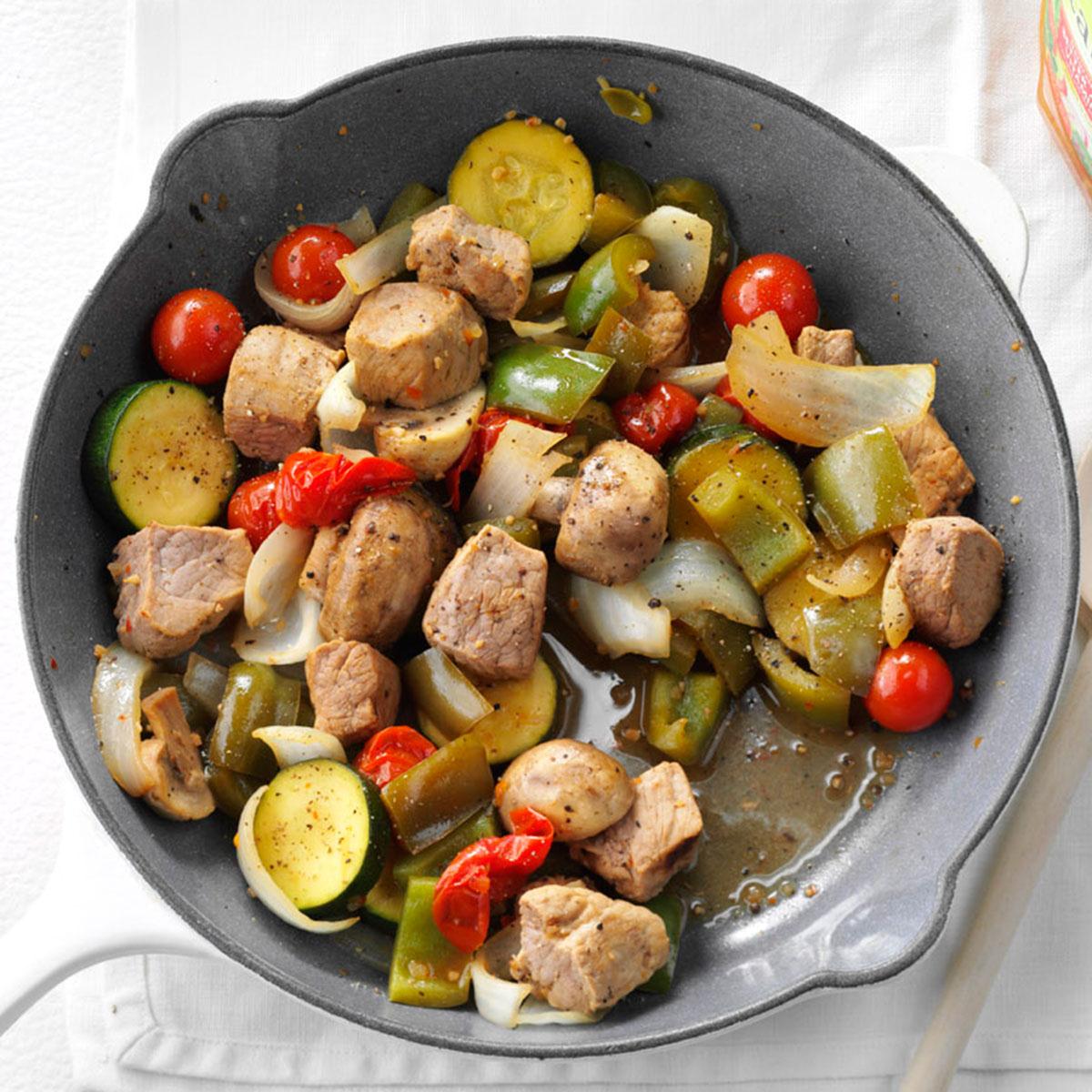
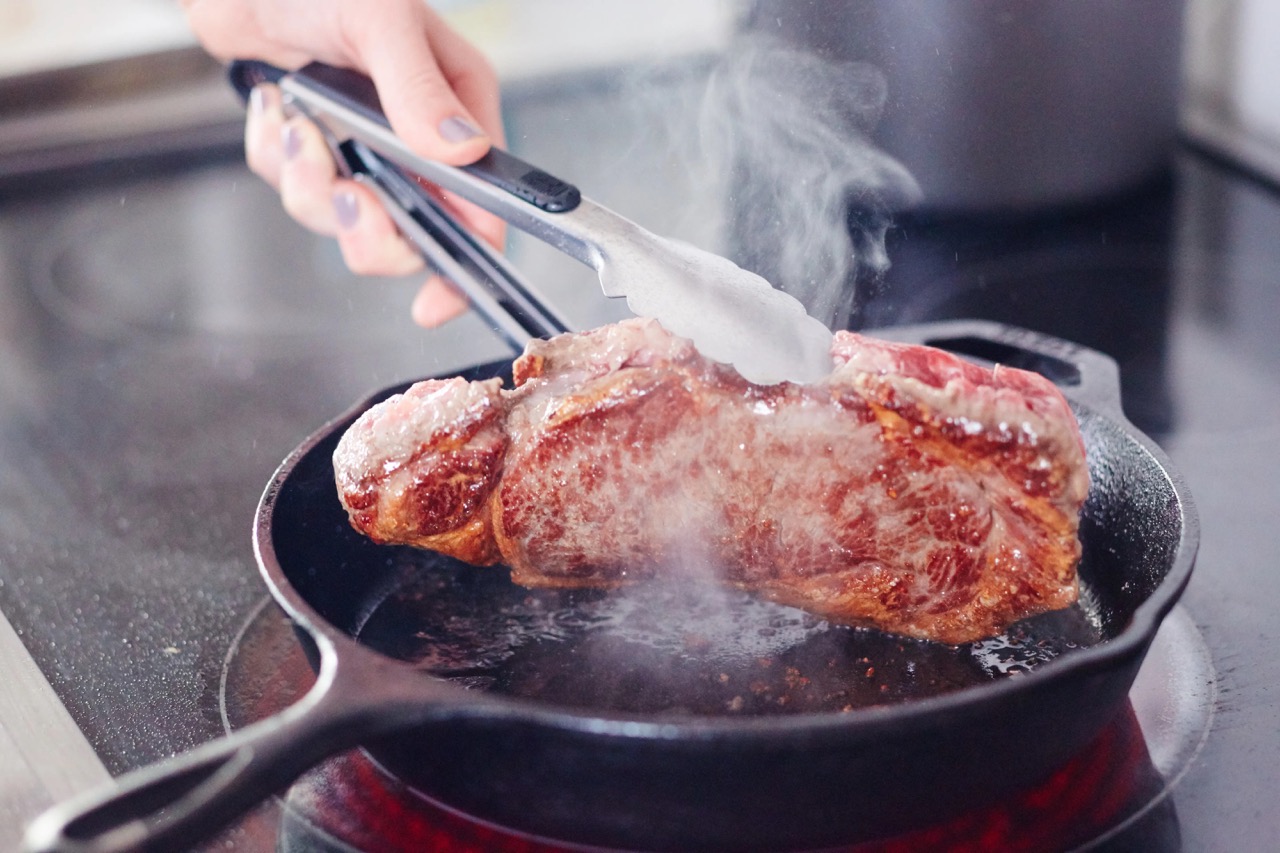
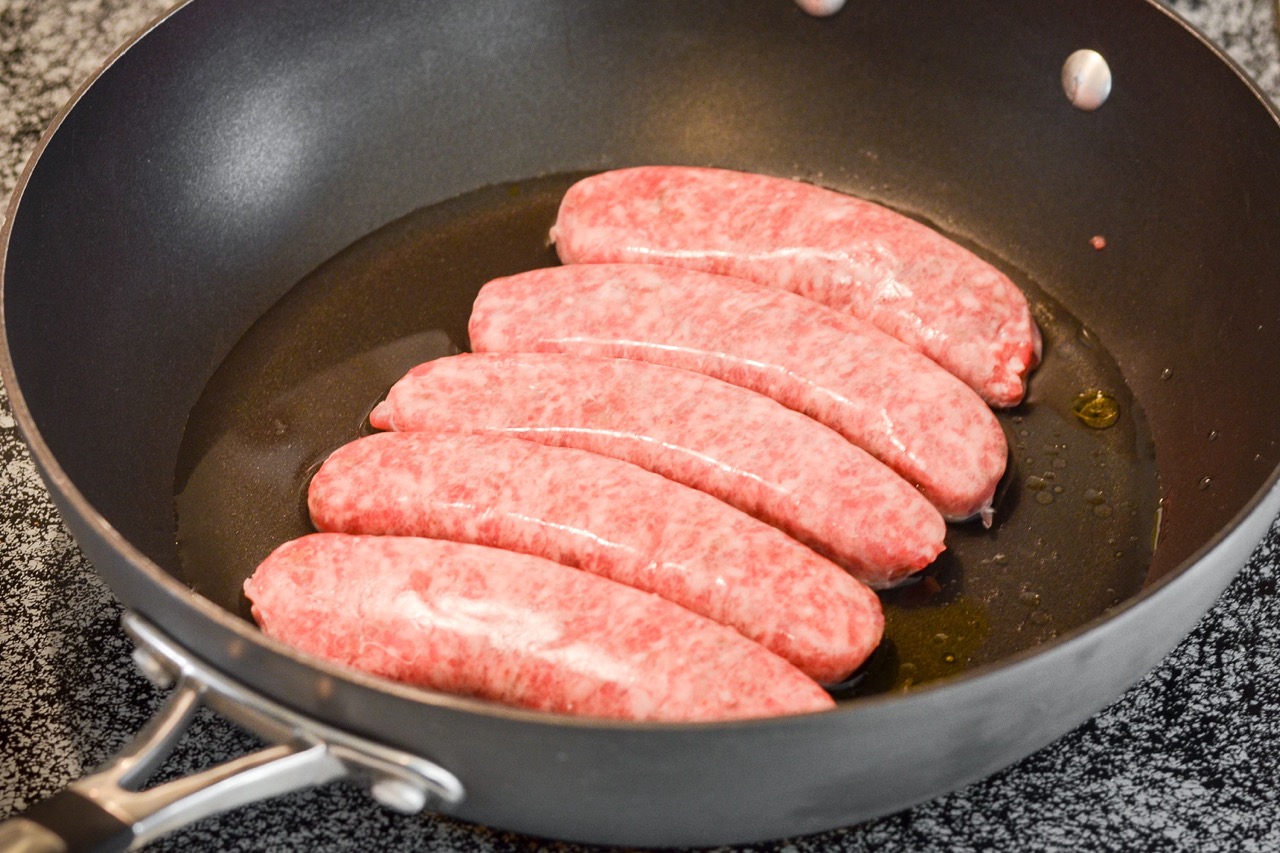

0 thoughts on “How To Degrease Stove Top Grates”